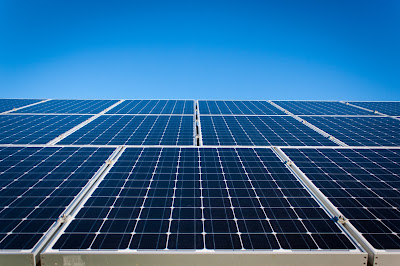Solar Powered
Solar Powered
By Sebastian Frost
As humanity inches closer to the
depletion of the Earth’s natural resources, the need for using renewable forms
of energy becomes more important by the day. Fortunately, the implementation
and use of renewable forms of energy has become much more accessible.
Decreasing costs and increasing scalability have fostered a significant uptick
in the amount of solar energy sources available, worldwide.
Generally speaking, there are two
types of solar energy sources: utility-scale or distributed. Distributed are
generally seen in residential and non-residential environments, such as a
business, and are limited to powering the space that they are physically
attached to. Utility-scale, on the other hand, refers to larger solar farms
that are geographically centralized, which allows for the power they generate
to be consumed by many. Despite the increasing accessibility, solar energy is
not necessarily available to everyone—especially individuals who do not own
their residence. Fortunately, however, this is where community solar projects
can shine some light.
A community solar project—also
known as a solar garden—is a solar energy source that is shared by multiple
homes or businesses. For individuals who do not want to, or are simply not able
to, install solar panels on their property, signing up for community solar
project can be an effective way of using solar energy. Doing so can not only
decrease electricity costs for consumers, but it is also extremely important to
creating a sustainable environment for our planet. For those who are
interested, simply clicking here
will take you to energysage.com and allow you to identify options for using a
community solar project. We can all make the Earth a little greener, one click
at a time.
References:


Comments
Post a Comment
Let your knowledge, ideas, and innovation be heard. Tell us what you think and know about this topic.